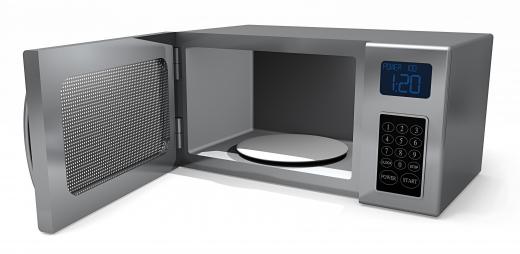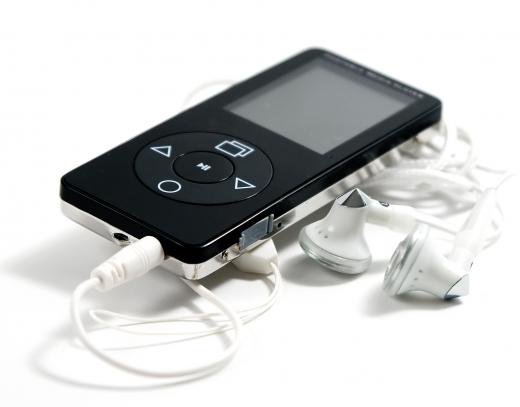A subassembly is a group of parts put together to form part of a finished assembly. An assembly refers to a group of subassemblies put together to make something that performs a specific task. The most common areas where a subassembly will be used is in electronics, optical, and computers.
Electronic subassemblies are used in a large variety of consumer electronics. Small home appliances such as microwaves and portable media players have subassemblies. In a microwave, there are heating elements, electrical plugs, and the actual control panel. All three of these areas may contain smaller groups of parts or subassemblies.

The control panel will contain the electronic subassembly. Usually it consists of a printed circuit board, or PCB, and also a light emitting diode, or LED, display. The keypad that controls the cooking time is also part of the electronic subassembly. These three items are connected together using a soldering iron. The electronic subassembly is then mated with the heating elements, plugs, and casing to make the microwave.

Electronic devices such as cell phones or televisions also have electronic subassemblies. The display and PCB for portable media player and cell phones, while much smaller than the ones in a microwave, work in a similar manner. Cell phones have additional radio frequency, or RF, components that allow them to pick up cell tower signals. The components are then mated with the outside housing to complete the gadget.

Televisions combine both electronic subassemblies and an optical subassembly in the manufacturing process. The electronic PCBs house all of the "brains" that allow the television to function, such as channel and volume control. The optical subassembly manages the display, whether liquid crystal display, also known as LCD, or plasma. Optical subassemblies are also part of cameras, projection equipment, and theater lighting.
Computers have custom subassemblies unique to their application. In a computer subassembly, multiple electronic subassemblies are merged together to form the central processing unit, or CPU. The CPU is the actual part of the computer that runs the machine. It contains the memory, processing, and sound subassemblies which are usually made up of several PCBs.
Each PCB may contain hundreds of components attached to the PCB using solder. The PCB is then mated with other PCBs to form a part of the computer responsible for a specific function. Once all of the manufacturing is complete, the PCBs are inserted into a case which forms the computer.
